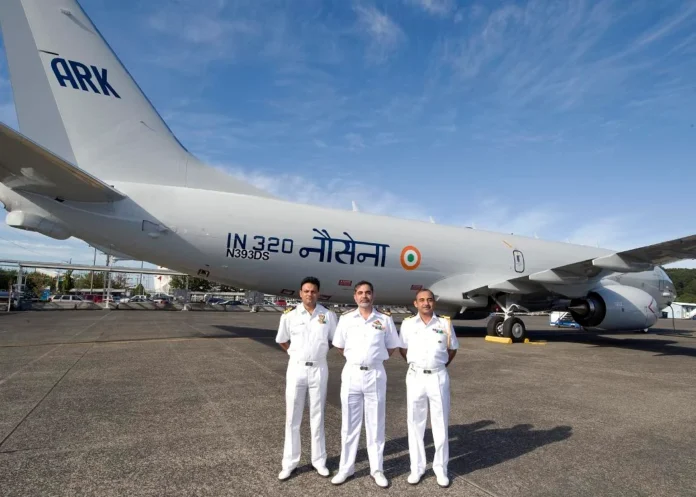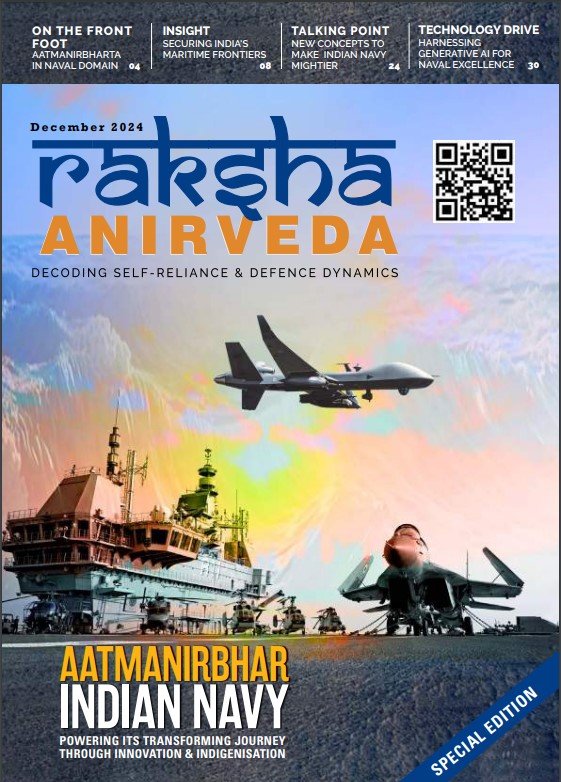Indian Navy celebrates Navy Day on December 4 every year. It commemorates that night in 1971 when three Osa class missile boats nick named Killers struck Karachi in Op Trident in the opening bell of the war for Bangladesh. The attack was ingeniously planned by then Chief of Navy Staff (CNS) Admiral SM Nanda with Indian Navy’s long range Rangout radars and P-15 Styx missiles, and sank PNS Khaibar, PNS Muhafiz and MV Venus Challenger off Karachi harbour.
Since 1971 the Indian Navy has not looked back and acquired over a dozen home made powerful platforms with 130km Klub and 750km radar guided supersonic BrahMos and Barak-8 anti air missiles, improved the performance of the five long range IL-38 maritime reconnaissance (MR) planes with EW, installed long range sonars on ships and state-of-the-art electronic warfare suites and communication linkages with Indian Space Research Organisation (ISRO) launched GSAT 7 satellite for data transmission.
The Kilo class ageing submarines have been upgraded and two HDW-1500 submarines are being fitted out with Harpoon missiles and the first of six Mazagon Docks Shipbuilding Ltd (MDSL) Scorpene submarines INS Kalvari is in service with SM-39 Exocet missiles and SUT-B torpedoes.
P-8I
But The operational readiness of the Indian Navy has been extended in the year 2018 and excellent maritime reconnaissance (MR) was provided by the eight state-of-the-art P-8I Boeing LRMR/ASW planes with Mk 84 Harpoons and Mk 48 Torpedoes operating from INS Rajali near Chennai.
The P-8I can scan thousands of square miles of sea space in its four hours at 490 knots with a 1200 mile radius. The plane can provide the Indian Navy a full Maritime Domain Awareness (MDA) picture and assist the Navy’s MDA centre in Gurgaon connected to the Coastal Security Network along the coast of the Indian Coast Guard with the AIS chain in the Indian Ocean. The whole set up and underwater tracking ability of P-8Is with sonobuoys gave confidence to the present day Indian Navy’s ability to track ships and submarines of PLA (N) in the Indian Ocean and be the Net Security Provider (NSP).

The P-8I Multi-mission Maritime Aircraft (MMA) is a modified Boeing 737-800ERX, bringing together a highly reliable airframe and high-bypass turbo fan jet engine with a fully connected state-of-the-art open architecture mission system which will allow changes.
It is to the credit of the Indian Navy team that went to see US’ Poseidon 737 under construction and tested all equipment and made a wish list of US and Indian equipment made in India to be fitted in P-8Is. This combination, coupled with next-generation sensors, (MDA) dramatically improves anti-submarine warfare (ASW), and anti-surface warfare (ASuW) capabilities with Mk 84 Harpoons and Mk 48 Torpedoes respectively. The Open Mission System Architecture makes the plane reconfigurable and expandable system facilitating easier, more affordable upgrades.
The Indian Navy P-8Is are brimming and fitted with sensors and has two Safran CFM 56-7. For EW the planes have a Electronica planar phased array antennae with Netuno ECM 4000 and EW sensors, a Raytheon AN/APY-10 radar and active multi-static and passive acoustic sensor system, and Telephonics APY-143 inverse synthetic aperture radar which can detect air targets for direction.
The plane is manned by nine-person crew which includes women Observer officers, a dual-pilot cockpit and has workstations with universal multi-function displays, a small ready accommodation for additional workstation and workload sharing. The crew operate the optical and infrared sensors. The crew control the internal five-station weapons bay, four wing pylons, two centerline pylons, all supported by digital stores management. The plane has an air speed of 490.
The major equipment supplied from India includes the INMARSAT, power capability panel and UHF suite and Link 11 by Bharat Electronics Ltd (BEL). Hindustan Aeronautics Ltd (HAL) has supplied the bomb doors and ECIL has supplied the speech secrecy equipment linked with GSAT 7.
The Indian Navy is to receive four more P8I planes and the planes will be in a position to control Sea Guardian drones when supplied. The future plans of the Navy include more P8Is as they give an ability to the Navy to attack ships and submarines from the air.
Shan Na Varuna.
The writer is a naval author and curates a Maritime Museum at C 443 Defence Colony, New Delhi and writes and lectures on maritime issues.






